by Ben Corey-Moran of Fair Trade USA
On January 24, 2013, the government of Honduras declared a national emergency due to coffee leaf rust, which has affected an estimated 25 percent of the country’s 280,000 hectares of coffee plants. According to their reports, 110,000 farmers cultivate these coffee lands in 16 of the 18 departments, creating nearly one million jobs, including seasonal labor. To say the consequences of rust are dire is an understatement. Like other Central American, Mexican and Peruvian coffee producers, la roya threatens to remake the landscape of the Honduran coffee industry, and with it, the livelihoods of millions of people who depend on coffee.
Part of my role as Fair Trade USA’s Director of Coffee Supply is to seek out information and alternative strategies that may offer a path forward in the face critical challenges like rust. On a recent visit to Honduras, I had the opportunity to learn from a group of small-scale farmers who, in the face of immense crisis and devastation, have found a simple and effective solution.
Surrounded by a landscape of spindly, leafless trees, and people worrying how they will make ends meet, the farmers of COMSA, a pioneering Fair Trade cooperative, are living a different reality. Their farms, perched high in the mountains of Marcala in Western Honduras, are verdant: lush with the deep green of healthy coffee trees. When I visited these families in early September, I wondered how their plants could be dappled with full clusters of ripening cherries when farms not far down the road faced complete ruin.
After visiting with farmers, the cooperative’s leadership and several agronomists, it became clear that combating leaf rust is not an easy task, yet at the same time, much more possible than we as an industry have generally understood. The solution, at least according to COMSA, lies far upstream of the problem. Rust management is of course critical, but the big-picture answer lies in the long-term enhancement of plant health and soil fertility, industry collaboration, and the continuous education and empowerment of farmers on the front lines.
COMSA is essentially rust-free thanks to an innovative set of technologies, strong leadership, investment from buyers, and a remarkably hopeful spirit. In practice, COMSA’s approach to roya centers on investments to strengthen their trees’ natural resistance to leaf rust. As explained to me by chief agronomist Neri Gonzalez, COMSA is big on “the five M’s”: microorganismos (micro-organisms), materia organica (organic material), minerales (minerals), moleculas vivas (amino acids & proteins), materia gris (grey matter—i.e., brains).
As we stood under the shed roof of COMSA’s quality lab and production center, Neri explained that “soil is not fertile because it contains these nutrients; soil is fertile because it contains life.” Using locally sourced fungi and bacteria, combining them with organic material, manure and locally sourced minerals, Neri and his team of agronomists teach farmers how to create a nutrient-rich set of products tailored to the specific needs of their soil. It’s work that is predicated on a basic understanding of land as a living entity, to be treated with care and respect. Their success lies in this beautiful union between mindfulness and innovative technological solutions.
The focus of these amendments is less about fulfilling specific mineral needs, and more about enhancing the microbiological content of the soil (fungi, bacteria, and enzymes) which, in Neri’s explanation, form “the farms digestive tract.” He quickly turned away, dipped a glass into a big tub of yellow liquid, and offered me a sip. “This is for you, for your digestive tract. Do you know what kombucha is?” As I downed the glass (it was delicious) I noticed the words “El Rincon Revolucionario del Saber” (The Revolutionary Corner of Knowledge”) proudly written on the walls of the center. I asked Neri why they chose that name for their lab, and he explained, “The fifth M is the most important,” pointing to his head, “It’s our creativity, ingenuity, and inventiveness that allows us to create and evolve these technologies to serve our needs.”
We then left to visit some of the farms, and at each stop, I heard a similar story: the organization helps farmers understand their role in developing and implementing new technologies for themselves. Farmers receive free support from COMSA’s agronomists, thanks in part to the organization’s investment of over $60,000 per year from their Fair Trade Community Development Premiums in these extension services. They were also recipients of Fair Trade USA’s Emergency Rust Response Fund, through which we awarded a grant of $25,000 to support COMSA’s innovative approach to combating leaf rust. The combination of knowledge-sharing, appropriate technology and long-term community investment is a powerful recipe, and evidenced by COMSA’s success at preventing leaf rust, it’s a powerful recipe for success.
We broke for lunch before my departure, and as we sat around a table eating fresh made cheese, beans and rice, and balleadas (the Honduran national dish). I asked the board of directors and staff what they envisioned for the future of their community. Luis Rodolfo Peñalba, COMSA’s Manager, explained:
“We are looking for ways to revive our future for our children. Try our coffee or ask our buyers — it’s delicious, and we’ve learned how to produce it in a way that regenerates the soil and protects the trees from rust.”
What better measure of success than a sense that your children have a strong future in coffee?
In the wake of the devastation caused by leaf rust, this optimism signals a clear call to get a better understanding of three things: the role farmers play as protagonists in developing long-term solutions to enormous challenges; the role cooperatives can play in supporting them; and the role that buyers, by choosing to invest in their supply chains, play in creating a shared future for coffee and the farmers who grow it. We all have power and value in this ecosystem of relationships, and there may just be something, as evidenced by COMSA, to the notion of working together to build resilience from the get-go.
Ben Corey-Moran
As Director of Coffee Supply at Fair Trade USA, Ben Corey-Moran manages supply chain development efforts to serve the needs of farmers, the trade, and a growing community of roasters and brands. Ben is a member of the Specialty Coffee Association of America’s Sustainability Council, where he supports the Farmworker Inclusion workstream.
Comment
2 Comments
Comments are closed.



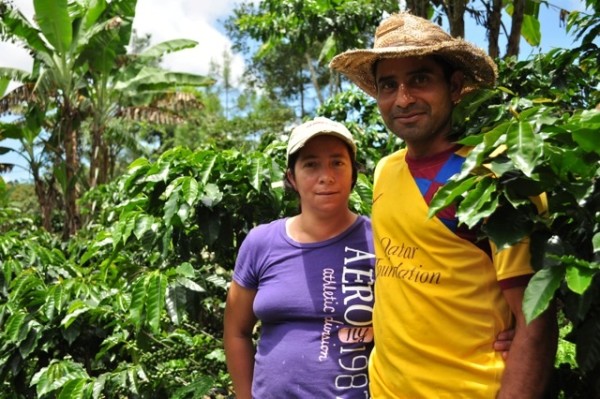
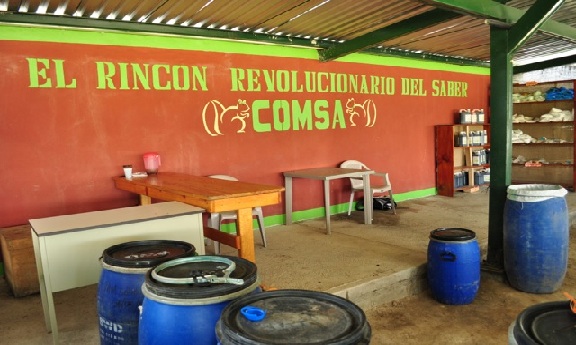
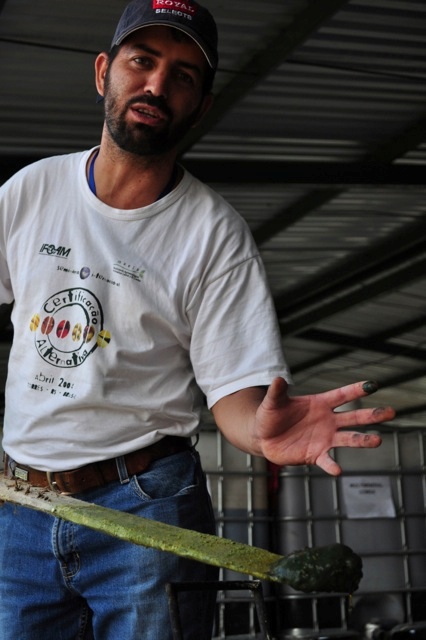

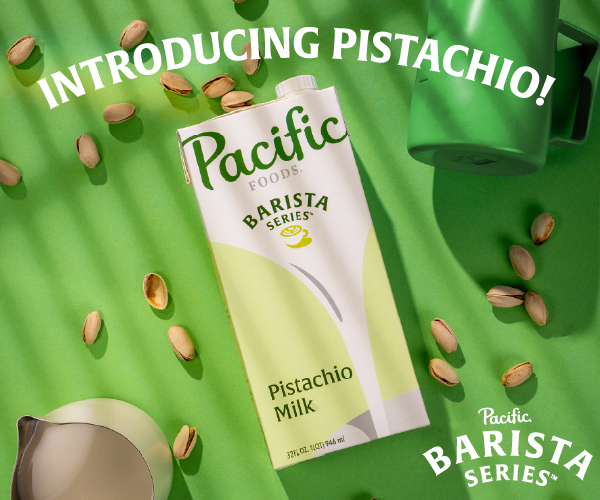

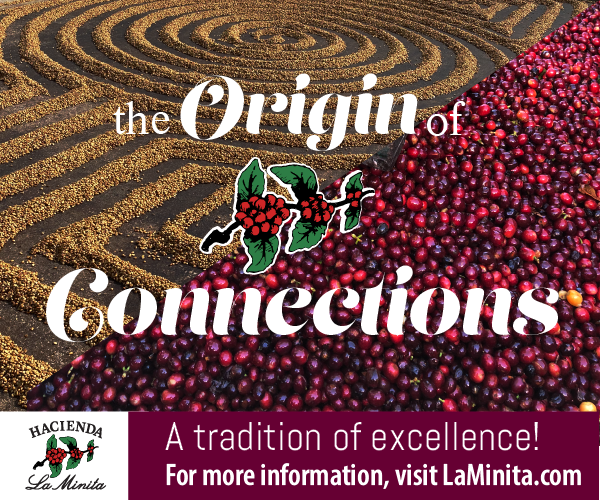



Wow, what an encouraging article!
Talk about guts!